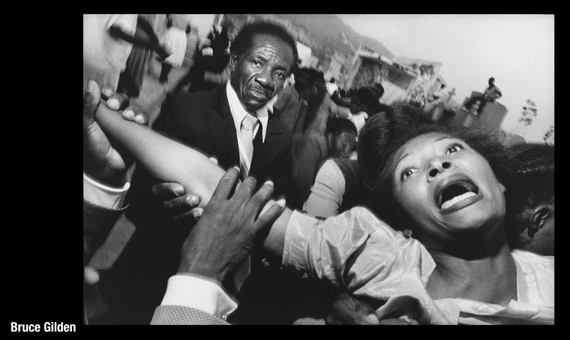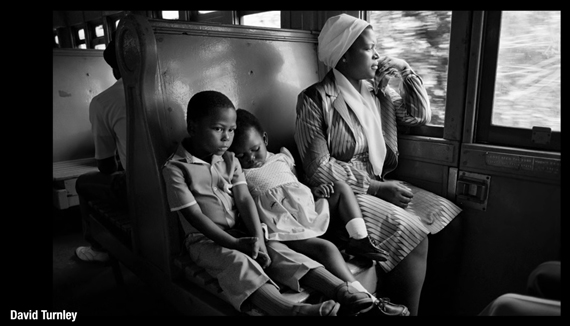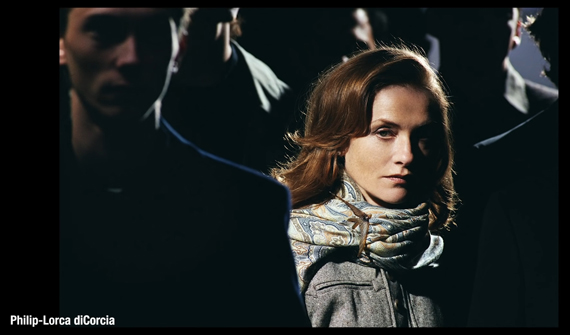The focal length of your lens dictates more than what fits into your frame. It also affects the perspective and the dynamics of your composition. Photographer Jamie Windsor takes this forward and goes on to say how focal length affects the psychological impact of your shots:
35mm
A 35mm focal length gives the feel of the view from a human eye. This is a neutral focal length and makes viewers feel as if they’re a part of the environment in which the image was shot.
“When we choose a lens to shoot with, we are making a decision about the psychological value the images we take with that lens will hold.”
Wide-Angle
Wide-angle lenses have a tendency to exaggerate depth. When you shoot close using a wide angle lens, it will establish a unique connection with the subject. A wide-angle lens isolates the subject and exaggerates anything that is closer to the camera.
“We become part of the subject’s world. We are close, maybe too close. There is a tension between the viewer and the subject. It can become uncomfortable.”
When used in close-up situations, a wide angle lens can be used to represent a sense of both dramatic and comedic tension. But when moved back, it is equally useful in getting contextual portraits; to represent the subject in their environment.
Standard Focal Length
A standard lens can be anywhere around 35 to 50mm full-frame equivalent. They roughly have a field of view similar to that of the human eye.
“A standard lens captures a similar area to what we call human foveal vision which is the area of detail we can see clearly and sharply with our eyes.”
By capturing images in a perspective that we’re used to seeing, standard lenses give a sense of honesty and reality. The viewers can make a spontaneous connection with the subject.
Telephoto
Telephoto lenses have a tendency to compress the background and flatten the image. They also have a shallower depth of field, allowing them to isolate the subject from the background. The compression that telephoto lenses produce on people’s features is considered flattering, which is why there is an increased use of telephoto lenses to take formal portraits.
“When we use a long lens, we are not part of the shot. We are not there with the subject. We are voyeur looking through the lens onto someone else’s world.”
Commonly, telephoto lenses are used to photograph what we cannot easily reach, like wildlife, celebrities, or athletes mid-performance. Therefore, when telephoto lenses are used to photograph people, their status gets elevated.
“Using a long lens to isolate a person makes the shot say, this person is important.”
When choosing a focal length, it’s important to think about how you want your audience to feel. Be clear about what you want to narrate through your story and choose your lens accordingly.
“Use focal length to subtly communicate your message to the viewer, because changing focal length can completely change the meaning of your shot.”
Like This Article?
Don't Miss The Next One!
Join over 100,000 photographers of all experience levels who receive our free photography tips and articles to stay current:







Leave a Reply